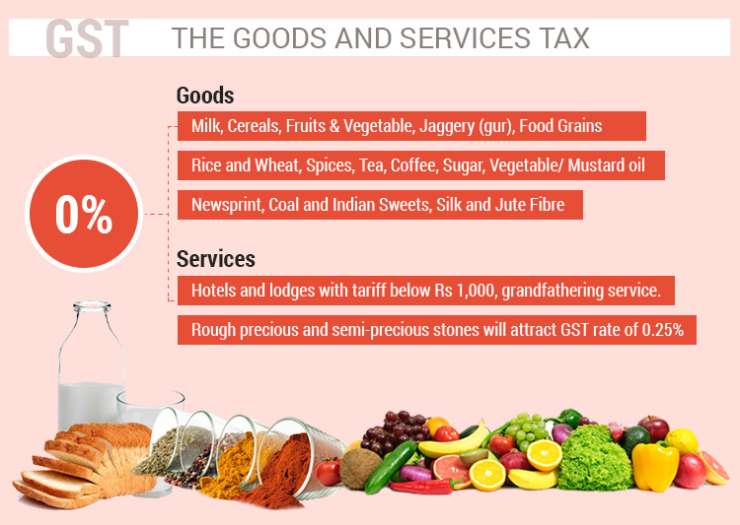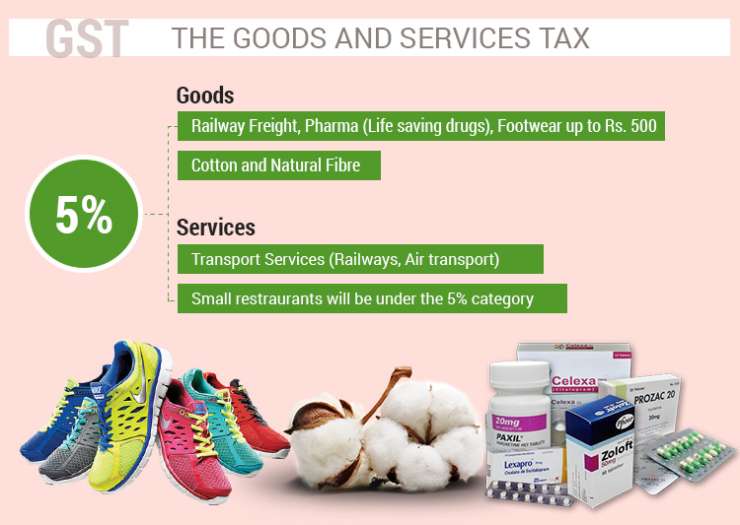Goods
and Services Tax (GST): At the stroke of midnight on July 1, 2017, 70
years after gaining independence from British colonisers, India will have
another “Tryst with Destiny” as the country will go under a
complete tax overhaul. The new tax regime, the Goods and Services Tax
(GST), will bring massive changes in one of the largest economies of the
world. The GST will change the way people conduct businesses in
India as the country will become a single market with a single tax rate,
irrespective of the state you conduct your business in. Barring a few
exemptions, from the smallest entity on the economic food chain to
multi-billion conglomerates, no one will stay untouched by the GST. The effect
of the new tax regime will be proportional to the size of the entity but
ultimately it will be the end user who will bear the brunt of higher tax rate
or get the benefits of lower taxes.
For
example, most of the services, for which we pay 15 per cent service tax, will
be bracketed into 18 per cent tax slab but some will also get cheaper with 5 per
cent tax slab. Either way, it will take a while to understand how much tax we
are paying on a particular product or service. To make your transition easier,
we have compiled an item-wise list of a plethora of products and their
corresponding tax rates.
Complete
list of GST rates for all the items:
Impact
of GST on Food items
No
tax (0 per cent GST)
Unpacked
foodgrains, fresh vegetables and fruits, unbranded atta, maida, besan, gur,
milk, eggs, curd, lassi, unpacked paneer, unbranded natural honey, palmyra
jaggery, salt, fresh meat, fish, chicken, butter milk, cereal grains hulled

5 per
cent
Sugar, tea, roasted coffee beans, edible oils, cream, skimmed milk powder, milk food for babies, packed paneer, frozen vegetables, cashew nuts, spices, pizza bread, rusk, sabudana, Raisin, fish fillet, packaged food items.




No comments:
Post a Comment